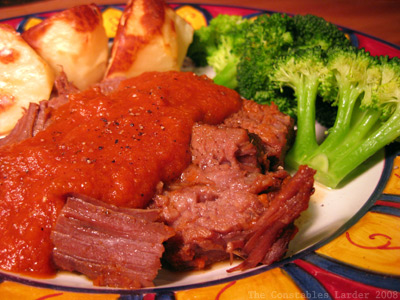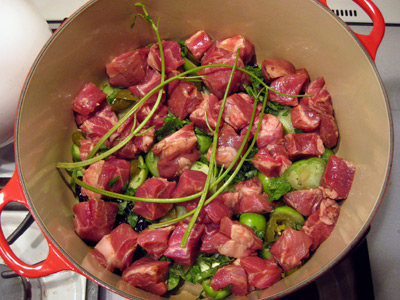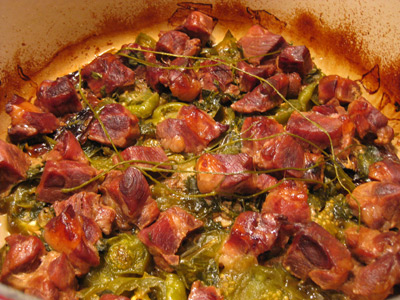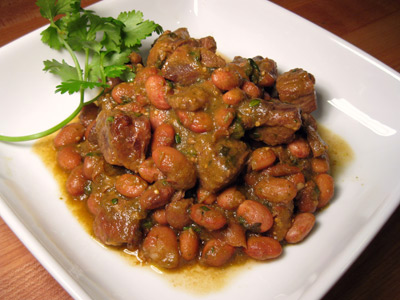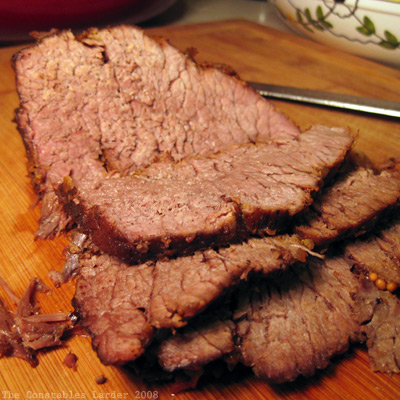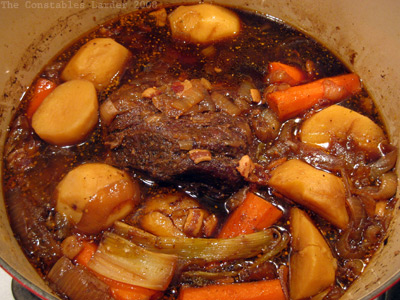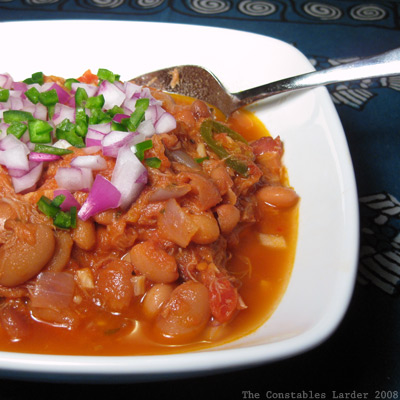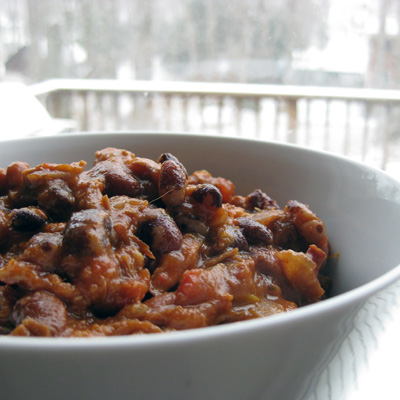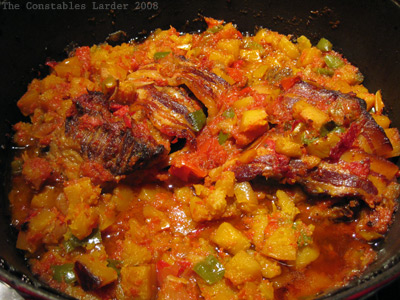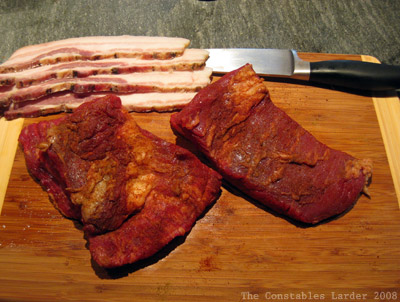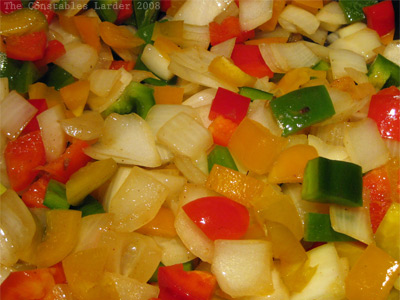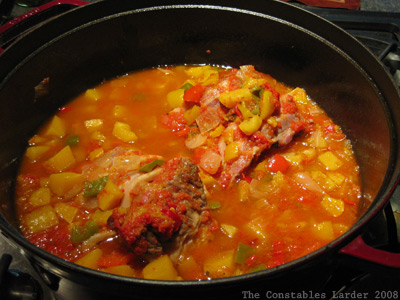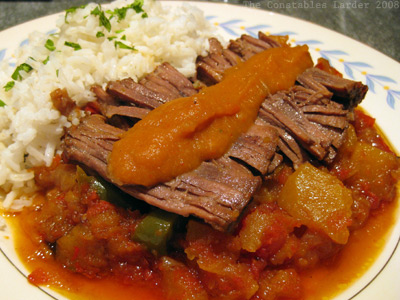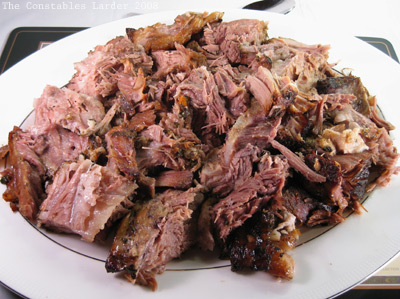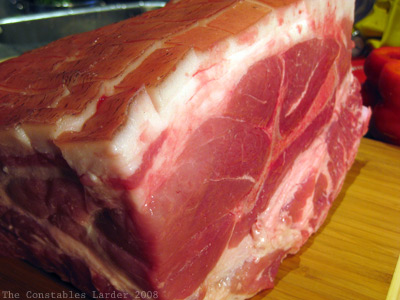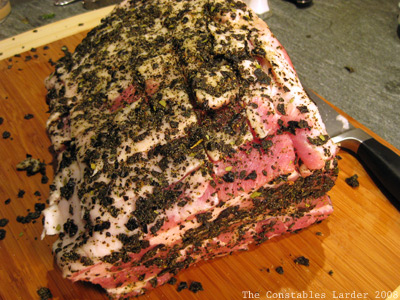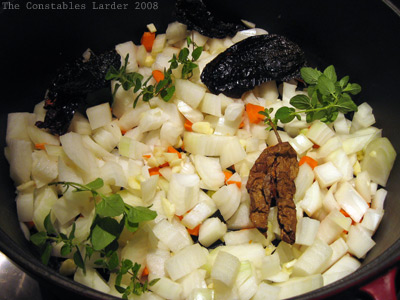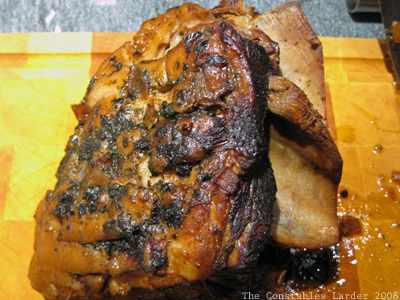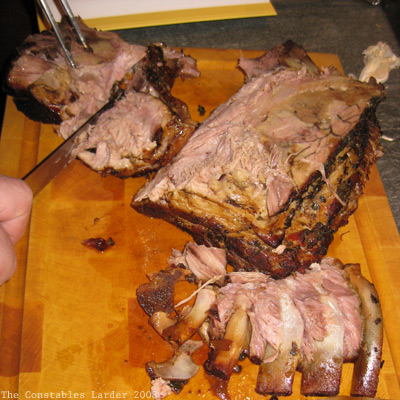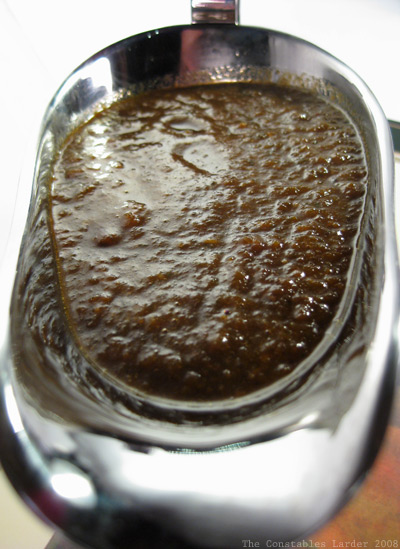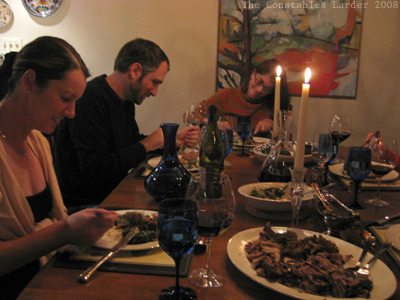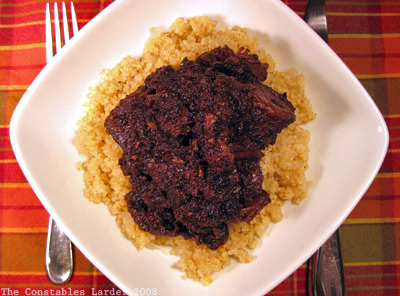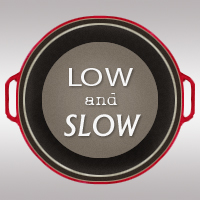IN WHICH Pooh visits the butcher and does a Silly thing
Pooh, being a bear of very Little brain, was happily flipping through cookbook pictures, given that he was nearly always hungry and that words were best left to Eminences like Rabbit. Pooh did not exactly know what an Eminence was, but had a vague feeling that it had something to do with arugula and very expensive sea salt. As Pooh read, he hummed a little song:
Cooking for bears is like
Poaching with pears, and baking
a cookie or two.
You think we like honey but
the funniest honey…
At this point Pooh was wondering how honey could be funny, and if it really was appropriate to have two uses of the word honey right next to each other, but honey being what it was, Pooh decided that more was always better. Then he stopped, because on the next page was something called veal braised in milk.
Pooh had never eaten veal braised in milk before, but he knew that he must like it, not in a Tigger-looking-for-breakfast kind of way, but with a I-must-make-this-recipe-right-now feeling. So by and by, Pooh set off for the local butcher. Pooh knew in the back of his head that veal was expensive, but he figured that since it was a braise, it should be a cheaper cut, as most well-behaved braises are. After waiting in line, Pooh came to the proprietor.
“How can I help you,” said the butcher.
“A boneless leg of veal, about 2 or 3 pounds please,” asked Pooh.
“What part of the leg?” asked the butcher (who tended towards the irascible).
At this point, Pooh was very Confused. The recipe hadn’t called for a part, just a leg, although obviously Pooh wasn’t going to be cooking an entire leg, but still it felt Highly Irregular. The butcher rattled off a list of parts, then asked what it was for, and then rattled off some other parts. Pooh thought to himself, “WWOD?” (What Would Owl Do), and then nodded his head, trying to look sage but not doing a very good job. He also snuck little glances at the line of customers behind him, waiting for him to Hurry Up and make up his mind.
“Yes,” said Pooh, figuring that yes would be faster than no, and definitely faster than maybe.
The butcher disappeared and after a few minutes his Helper brought out a wrapped piece of veal and went over to the cash register.
“That will be $72.68,” said the Helper.
“_” said Poo, taken aback.
“!” said Poo, trying again and attempting to recollect why he had gone to the butcher’s in the first place.
Now Poo, being a bear and a stuffed bear at that, cannot really look stricken, but if Pooh could look stricken, then that is how he would have looked.
“How much is that per pound?” asked Pooh, cautiously.
“Twenty-two dollars,” stated the Helper, who was starting to look at Pooh a little Suspiciously.
Pooh, feeling a little miserable now, not to mention a little foolish, bought the veal and took it home, and attempted to avoid telling Mrs. Pooh just how much he had spent on a part of a leg of veal. He could not tell if he was angry at the butcher for not warning him, angry at the veal for being so expensive, or just angry at himself for being such a Silly bear.
However, when Pooh cooked up the veal braised in milk for some visiting Relations, everyone agreed that it was a delicious meal, a very tender and subtle cut of meat, and a lovely way to cook it. But Pooh learned the lesson of always, always asking for the price ahead of time.
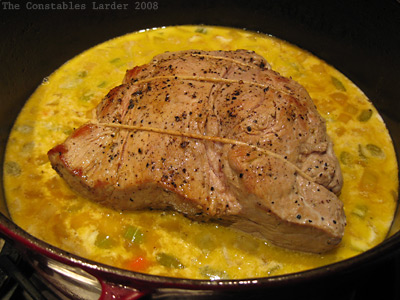
Veal Braised in Milk, adapted from Tori Ritchie’s Braises and Stews
1 3lb boneless leg of veal
1 vidalia onion, chopped
1 celery stalk, chopped
1 carrot, chopped
3/4 cup Riesling (on the sweet side)
whole milk
coarse sea salt
coarsely ground pepper
olive oil
An hour or so before cooking, wash and dry the veal. Rub it all over with 2 or 3 tsp of coarse sea salt and 1/2 to 1 tsp of coarsely ground pepper. Let the meat come to room temperature.
Preheat the oven to 320F.
Set the flame to medium-high and heat up a couple tbsp of olive oil in a dutch oven large enough to hold the veal, and when the oil is quite hot, brown the sides of the veal. Set the meat aside and lower the heat to just below medium.
Add the chopped onion and cook for a minute or two, then add the celery and carrot and the wine, stirring and scraping the browned bits on the bottom of the pot. Cook for about 5 minutes and return the meat and any juices to the pot. Pour in enough milk so that it comes halfway up the side of the meat. Bring the milk to a boil, then cover and place in the oven.
After an hour, flip the veal. If it looks like the liquid is bubbling a little too much, lower the oven temperature to 300F. Cook for another hour, and check tenderness with a fork.
Remove the veal and tent with aluminum foil. The milk in the braising liquid will appear quite coagulated but that is expected. Let the liquid cool for a several minutes, taste it for salt and pepper, then carefully puree it in a food processor or blender.
Slice the meat, spoon the sauce on top, and serve.
* * *
Any resemblance between me and the Pooh character above is entirely coincidental. But what an amazing coincidence! The meal (which happened several weeks ago) was truly delicious, and I comforted myself with the thought that I fed 5.5 people (counting Munchkin) a restaurant-quality dish for a lot less than if we had eaten out, however I still felt like a bit of an ass.
When I was next at Fleishers up in Kingston, a butcher shop where I feel a lot more comfortable, I asked the owner Josh Applestone about butcher etiquette. He agreed that once I had let them cut the meat, I had to buy it (“that is, if you wanted to ever go back there!” he laughed). He also thought that the cost was rather high, and noted that some butchers carry veal because they can get away with sky-high prices. It was foolish of me to allow myself to get intimidated, and to fail to learn the price before I made a decision, but lesson learned.
I don’t know that I will be splurging again on such a cut anytime soon, but it was a very interesting cooking method, and I might try it again on veal shoulder, if more reasonably priced, or some very good quality pork.
